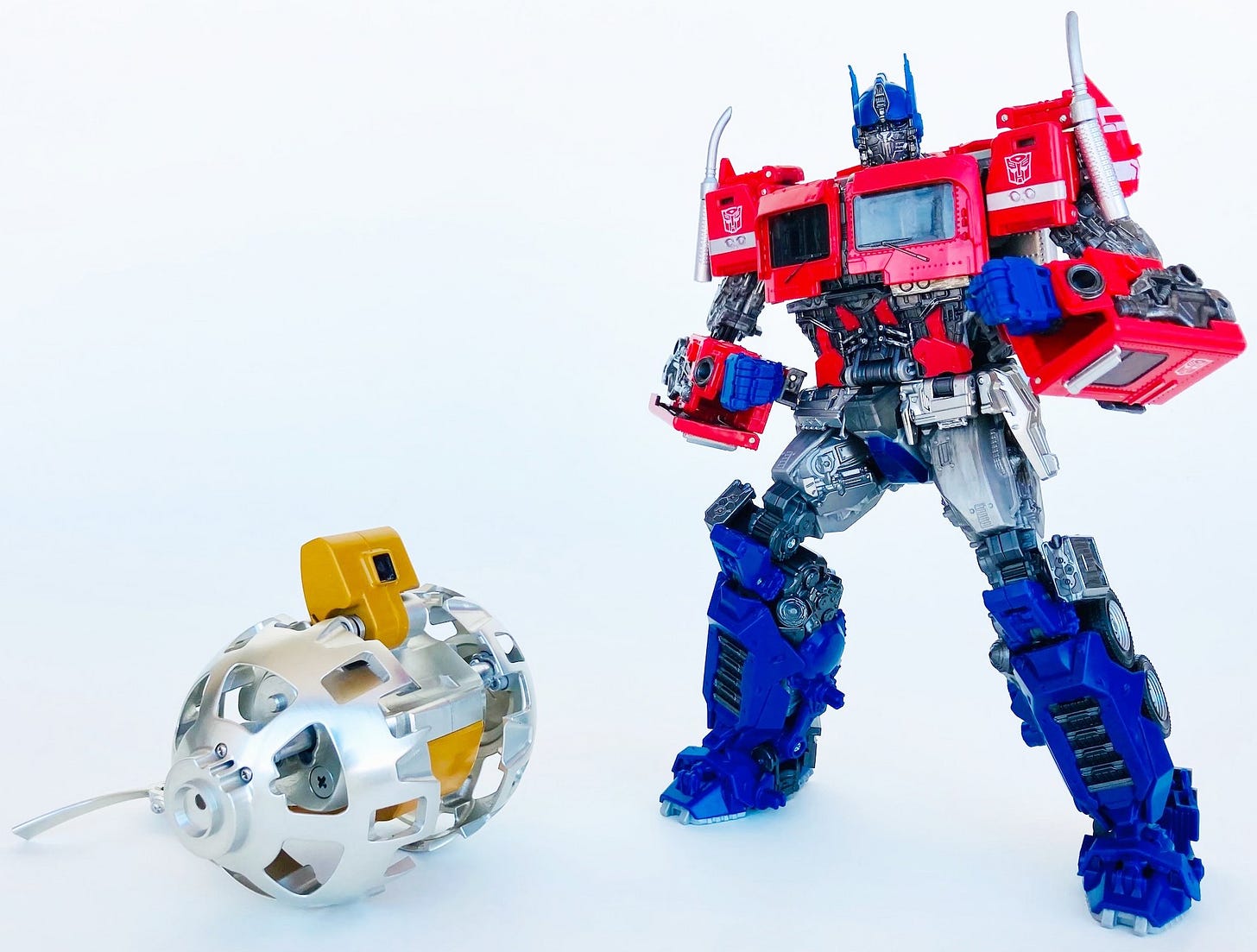Japan's Moonshot
Japan has long reached out to the world through its toys. Now it’s sending them to the stars.

On August 23rd, India became the first nation to land a probe, named “Vikram,” on the south pole of the Moon. It was the culmination of a tense race with Russia, whose Luna-25 lander would have beaten Vikram by a matter of days had it not crashed fir…



